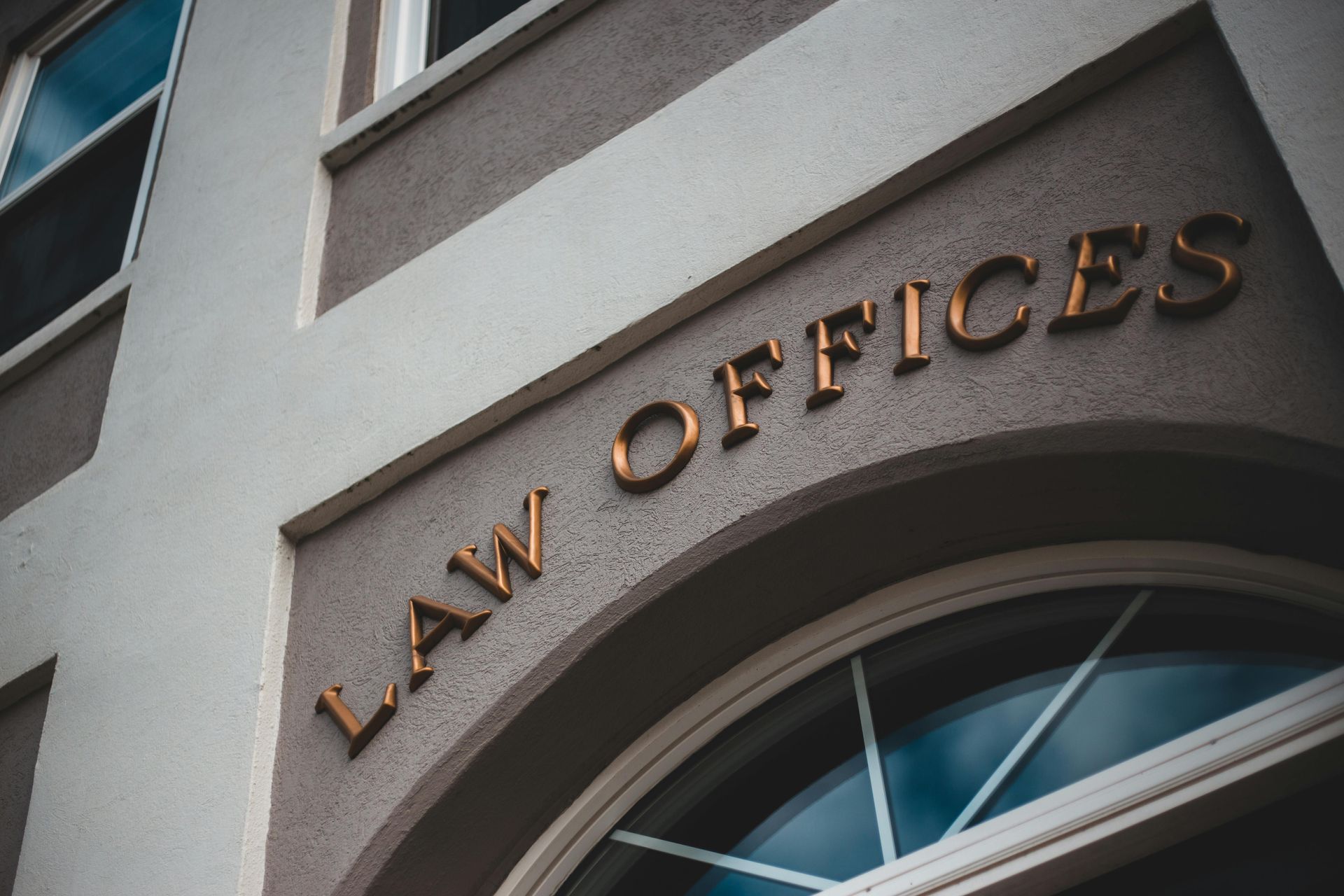In Which Countries Should You Register Your Trademark
ATTORNEYS IN DALLAS
Before applying for a trademark, potential owners should carefully assess the countries where they conduct or plan to conduct business, prioritize registration based on key markets and entry timeframes, consider international treaties governing the countries of interest, and be mindful of first-to-file or first-to-use systems in each country, conducting searches to avoid potential conflicts and clearance costs.
In Which Countries Should You Register Your Trademark
Before applying for a trademark, it is essential for a potential trademark owner to determine the countries in which they are conducting business or intend to use the mark in the future. They should consider the time it will take for their company to establish a presence in each country and weigh this against the risk of someone else registering a similar mark for related goods or services. Trademark rights are territorial and vary across countries, making it possible for the same mark to be registered by different owners in different countries. Based on this assessment, the company can create a prioritized list of countries or regions to register their mark, focusing on key markets and entry timeframes.
Additionally, it is important to identify which international treaties govern the countries of interest. For example, the Madrid System operates under two international treaties: the Madrid Agreement and the Madrid Protocol. The United States is a member of the Protocol but not the Agreement. Another significant treaty is the Paris Convention, adopted by 175 countries. This convention grants nationals of any member country the same intellectual property rights advantages, including the right of priority based on an initial trademark application filed within the Union. This allows the applicant six months to file another trademark application in another Union country while retaining the benefit of the first filing date.
Under the Protocol, nationals of member countries can seek trademark protection in other contracting parties based on a pending application or registration in their country of origin. In other words, both the country of origin and the desired filing countries must be Protocol members. If this requirement is not met, the applicant can file a national application directly with the trademark office in the desired country. Choosing the Madrid Protocol route enables the designation of the European Union (EU), providing protection in all EU member states. However, a downside to this option is that if a refusal or unsuccessful opposition occurs in one member country, the entire EU application may fail. In such cases, the applicant has the opportunity to convert to national applications within three months, retaining the original filing date. However, this entails additional costs in terms of fees, local counsel, and examination by national trademark offices. It is worth noting that at least one member country within the EU must show use of the mark on the identified goods and/or services to avoid cancellation due to non-use.
Unlike the United States, where use of a mark is not required for filing a trademark application, most countries operate on a first-to-file system. However, there are also common law countries (first-to-use) where common law rights and registration rights are considered together. Once the list of prioritized countries and regions is finalized, the prospective trademark owner should determine whether each country follows a first-to-file or first-to-use system. This distinction is crucial as it impacts the type of search conducted before filing a trademark application. International clearance costs can accumulate quickly and become prohibitive. Some applicants may choose to conduct knockout searches by screening the International Register or Registers of Protocol member countries for identical marks. WIPO's online search tool is a valuable resource for such searches as it is regularly updated and provides information on filings within a few days of the trademark application.
Contact an Experienced Trademark Attorney
If you need legal advice regarding your trademark rights, assistance with filing an international trademark, or representation in a domain name dispute, contact Wilson Whitaker Rynell. Our team of trademark lawyers has extensive experience in all aspects of trademark and copyright law, including the filing of trademark applications and representing clients in defense or prosecution before the Trademark Trial and Appeal Board.
Trademark Resources & Services
- Trademark Overview
- Trademark Registration
- Trademark Licensing
- Trademark Infringement
- Trademark Protection
- Trademark Coexistence
- Trademark Guidelines
- Trade Dress Protection
- Trademark Oppositions & Trademark Cancellations
- Cybersquatting
- UDRP Domain Name Proceedings
- Trademark Portfolio Management
Need any help?
Getting in touch is easy. Use the form below and request a free consultation today.
Industry Resources & Services
- Alcohol & Beverage Law
- Blockchain Law
- Cosmetics Product Law
- Crypto-currency Law
- Cyber-security Law
- Digital Marketing
- eCommerce Law
- Energy Law
- Fashion Industry Law
- Health Technology Law
- Oil & Gas Law
- Product Industry Overview
- Professional Services law
- Real Estate Development Law
- Restaurant Services Law
- Retail Business Law
- Software Industry Law
- Sporting Goods Law
- Technology Law
- Video Gaming Industry Law
Trademark Resources
- 66(a) Applications
- Abandoning a Trademark Application or Withdrawing a TTAB Proceeding
- Abandonment and Nonuse
- Abbreviations as Trademarks
- Accelerated Case Resolutions
- Acquired Secondary Trademark Meaning
- Amending Trademark Application
- Assigning a Trademark
- Assigning a Trademark and the Intent to Use Application
- Avoiding Fraud on Trademark Applications
- Avoiding Trademark Litigation
- Basis for Filing a Trademark
- Benefits of Registering a Trademark
- Bona Fide Intent to Use
- Celebrity Trademarks
- Challenging the Relatedness Factor
- Challenging Trademark Rights
- Claims in a Notice of Opposition
- Co-Existence Agreements
- Common Law Trademarks in the Internet Era
- Common Law Use and Priority
- Conflicting Marks
- Consent Agreements
- Constructive Use Priority
- Dates of Use
- Defenses in Opposition and Cancellation Proceedings
- Descriptive or Generic Trademarks
- Design Marks
- Design Trademarks
- Determining Trademark Similarities
- Discovery in TTAB Proceedings
- Dividing a Trademark Application
- Drawing Page
- Electronic Display Specimens for Trademarks
- Evidence in TTAB Proceedings
- Evidence of Acquired Distinctiveness
- Expediting Trademark Cancellation for Nonuse or Abandonment
- Extending Time to Oppose
- Factors of a Likelihood of Confusion Analysis
- False Suggestions of Connection
- Famous Trademarks and Likelihood of Confusion and Dilution
- Filing an Opposition or Cancellation Proceedings
- First Sale Doctrine
- Five Years of Use
- Foreign Trademark Rights
- Generic Trademarks
- Geographic Trademarks
- Hiring Trademark Counsel
- Immoral and Scandalous Trademarks
- Incontestability of U.S. Trademarks
- International Trademark Filings
- Joint Trademark Ownership
- Lawful Use of a Trademark in Commerce
- Likelihood of Confusion Analysis
- Likelihood of Confusion Refusal
- Merely Descriptive Trademarks
Trademark Resources
- Multiple Bases for a Trademark Application
- Overcoming and Ornamentation Trademark Refusal
- Personal Name Trademarks
- Principal and Supplemental Registers
- Protecting Single Creative Works
- Recording Trademark Assignments
- Refusal of a Trademark
- Refusing a Trade Dress Application
- Registering a Certification Trademark
- Registering a Service Mark
- Registering a Trademark That Lacks Inherent Distinctiveness
- Registering an International Trademark
- Relatedness of Goods or Services
- Request for Reconsideration in Trademark Office Action
- Requirements for International Trademark Application
- Revive an Abandoned Trademark Application
- Secondary Meaning
- Source Confusion
- Special Trademark Applications
- Standard Character and Special Format Marks
- Standing in Opposition and Cancellation Proceedings
- State Trademark Registration
- Statement of Use Extensions
- Tacking Doctrine
- Technical Trademark Use
- The Supplemental Register
- Trade Dress
- Trade Dress Application
- Trademark Application
- Trademark Clearance Searches
- Trademark Disclaimers
- Trademark Licensing
- Trademark of Authors, Performing Artists, and Characters
- Trademark Ownership
- Trademark Protection In Texas
- Trademark Settlements
- Trademark Specimens
- Trademark Specimens
- Trademark Use by Related Company
- Trademark Use in Advertising
- Trademark Use in Commerce
- Trademarking a Distinctive Mark
- Trademarking a Hashtag
- Trademarks for Musical Artists
- TTAB Discovery Rules
- TTAB Proceedings
- U.S. Service Mark
- U.S. Trade Dress
- Understanding Trade Channels
- Unitary U.S. Trademark
- Universal Symbols as Trademarks
- Using Secondary Sources
- What is an Ex Parte Appeal?
- Where to Register a Trademark
- Who Must File a Trademark?
CLIENT MATTERS
5,000+
YEARS OF SERVICE
25+
Award Winning
Recognized in the legal industry as dedicated board-certified lawyers and Rising Stars.
Expert Team
Your project will be handled by legal experts every time. You will have the most experienced attorneys working for you.
Quality Representation

Let's talk about your legal issue
Wilson Legal Group P.C.
d/b/a Wilson Whitaker Rynell
(972) 248-8080 (Dallas) MAIN OFFICE
(713) 830-2207 (Houston) Appointment Only
(512) 691-4100 (Austin) Appointment Only
For more information on how we can assist in your intellectual property, commercial litigation, divorce, or other personal needs, let us know how we can help you:
How Can We Help You?
WILSON WHITAKER RYNELL
Thank You for Contacting Us!
Your information has been sent, and we will contact you shorlty...issues.
WILSON WHITAKER RYNELL
Oops, there was an error sending your message.
Please try again later.
Disclaimer:
This form does not establish an attorney-client relationship, and should only be used to contact the firm about scheduling a call or meeting. No confidential or sensitive information should be sent using this form.
We represent clients nationwide, including Dallas, Austin, Houston, and other Texas areas such as Fort Worth, Arlington, Carrollton, Plano, Allen, Lewisville, Flower Mound, Irving, Denton, McKinney, North Richland Hills, and all cities within Dallas County, Tarrant County, Collin County, and Denton County.
OFFICES
ABOUT
CONTACT
BLOG
Wilson Whitaker Rynell
16610 Dallas Parkway, Suite 1000
Dallas, Texas 75248
972-248-8080 (MAIN)
972-248-8088 (FAX)
info@wrrlegal.com (E-MAIL)










